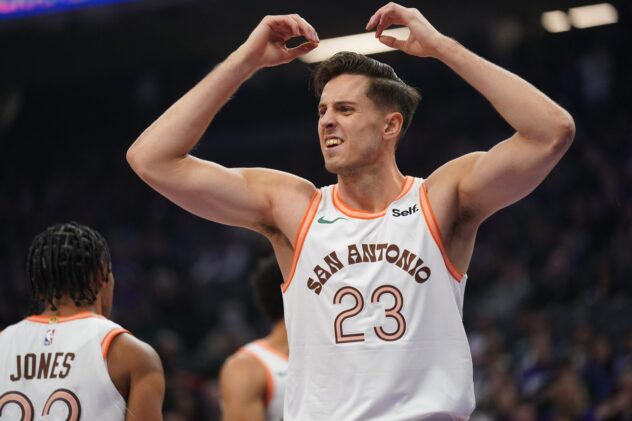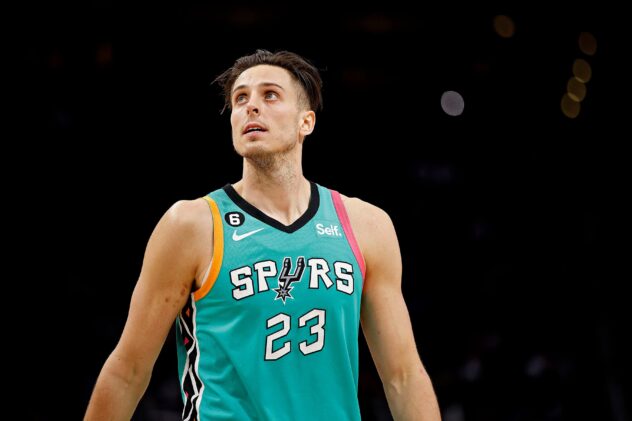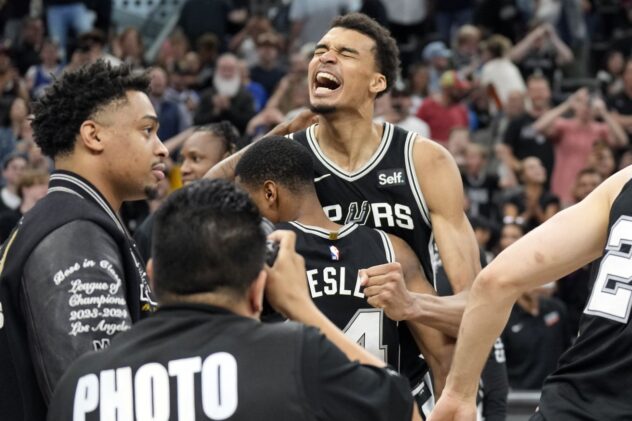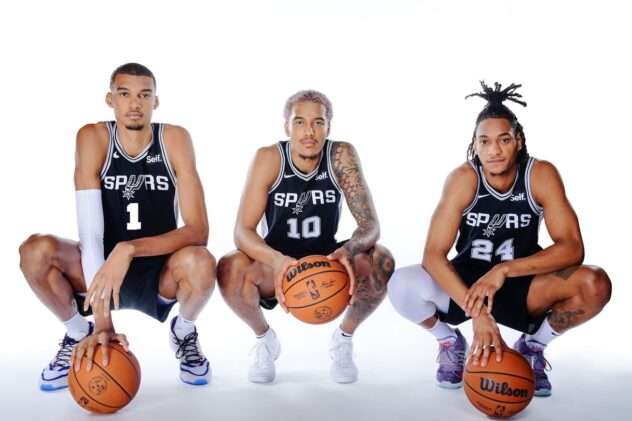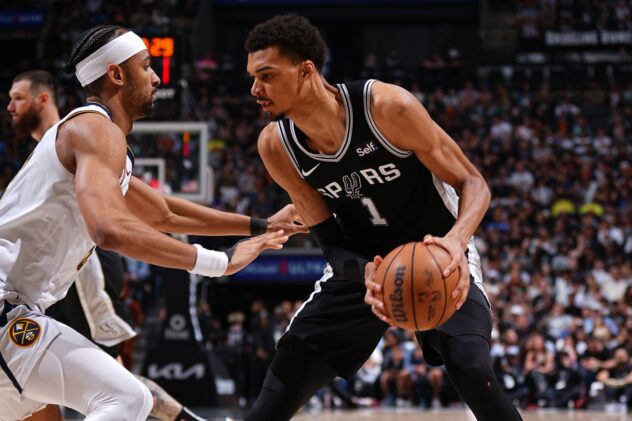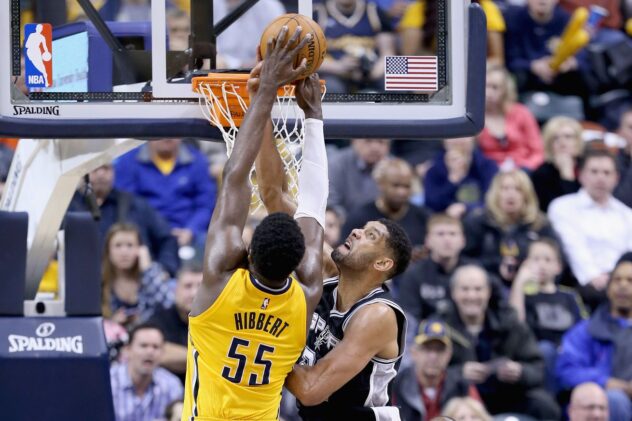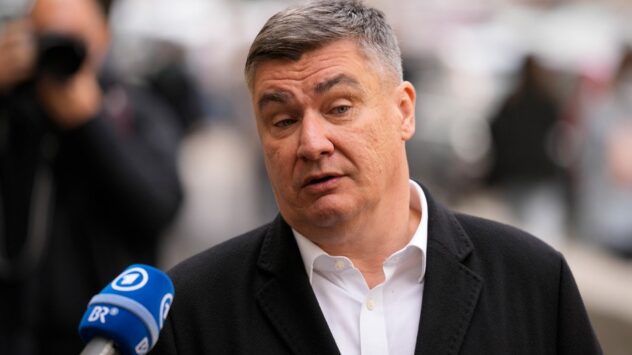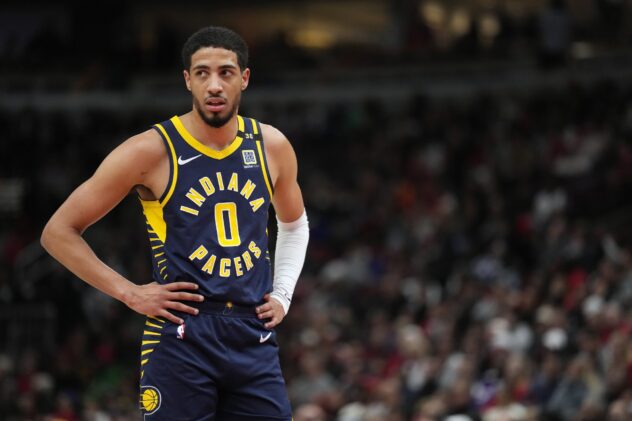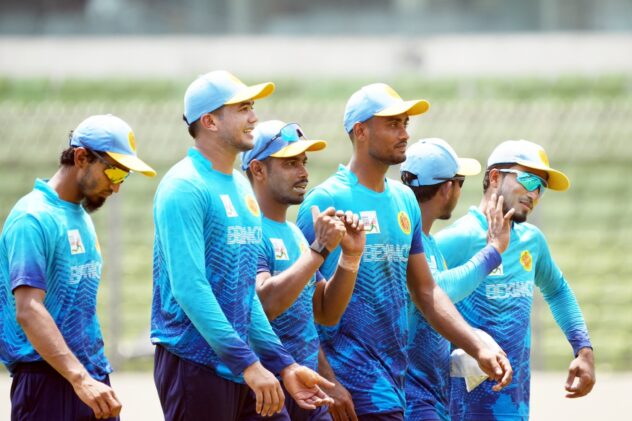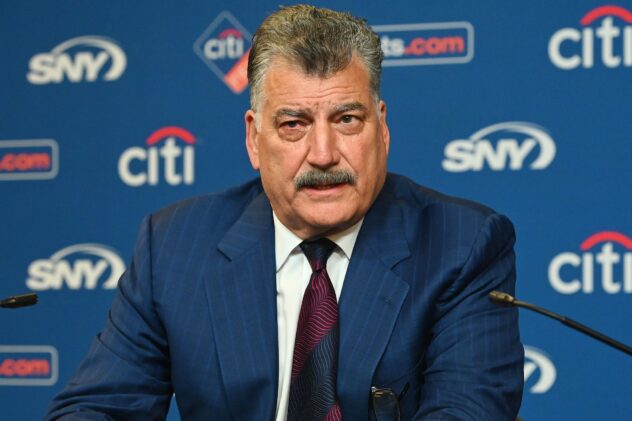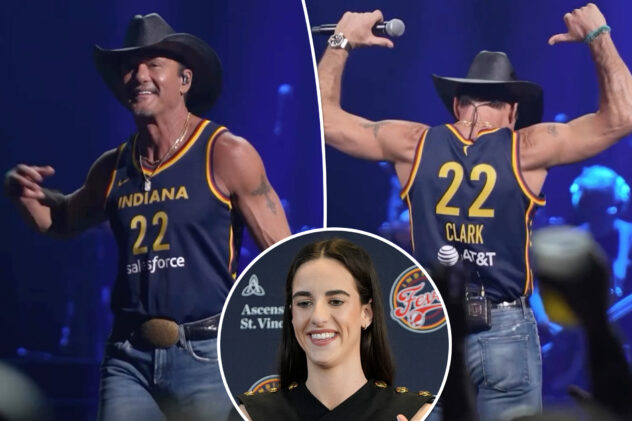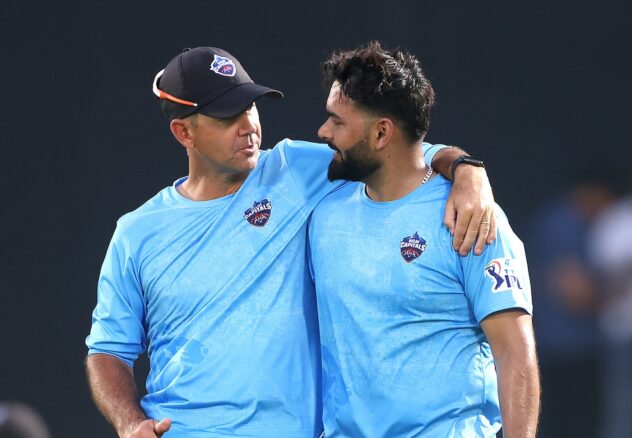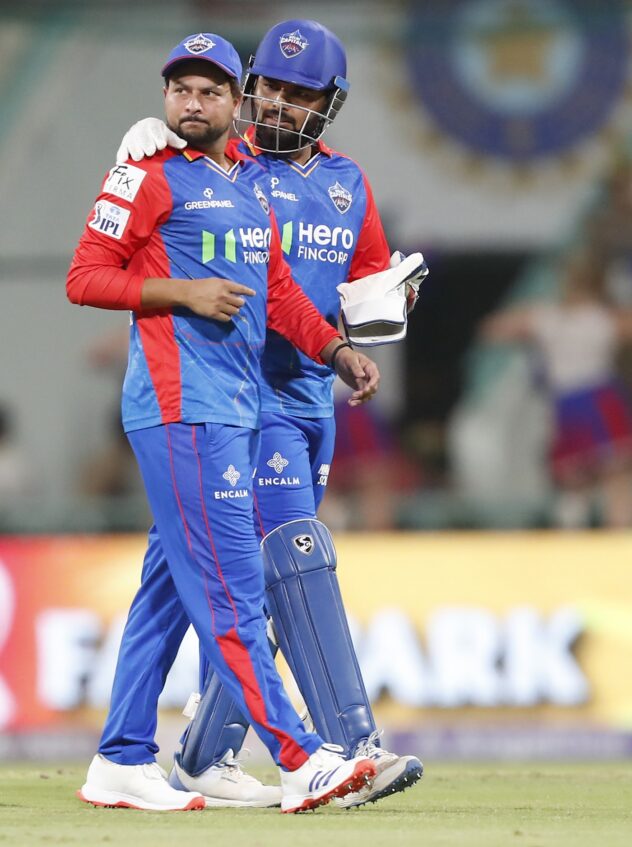Guard play was the key to victory in Game 4 of the NBA Finals
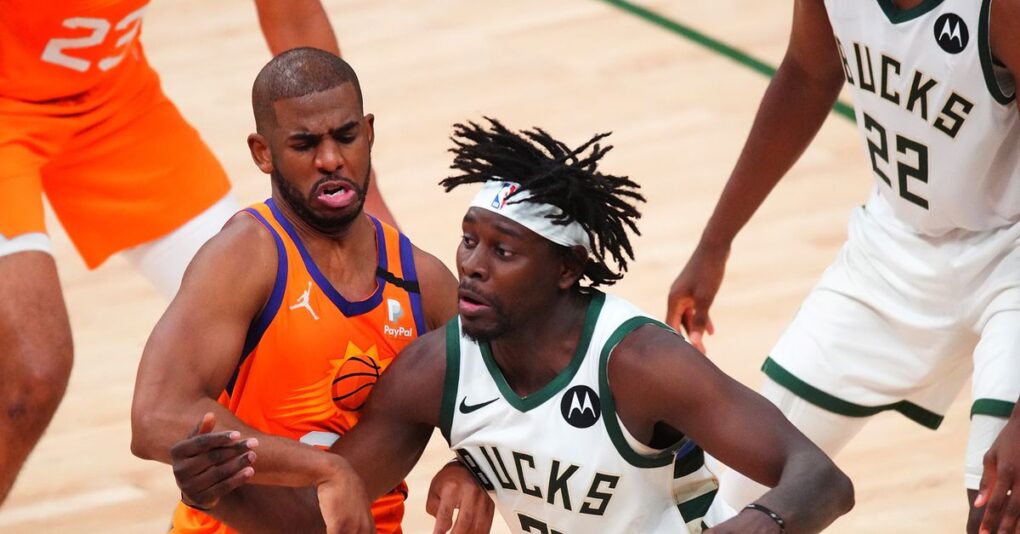
As we all know, NBA basketball is a make or miss proposition. The team that shoots better always wins. After Game Two, in which the Suns made 20 of their 40 three-pointers (50%), and the Bucks went 9 for 31 (29%), I wrote:
“In other words, if either team shot their normal percentage on three-pointers in Game Two, the outcome would have been different. Sometimes basketball is just a make- or-miss game.”
Game Four presented a great example of why I avoid using the word “always”. In Game Four, the Suns shot 51% from the floor, 30% from three, and 84% on free throws. The Bucks shot 40% from the floor (10% less than the Suns), 24% from threes (6% less than the Suns) and 83% on free throws (1% less than the Suns). The Suns shot better than the Bucks from the floor, on threes and on free throws. In a true miss-or-make league, the Suns would have won. Easily.
Spoiler alert — the Suns did not win.
The Bucks won, and the Suns did not, because the Bucks got an incredible 19 more shots than the Suns. That means 19 more opportunities to score. As a result, even though the Suns’ shooting percentage was a full 10% better than the Bucks (which is a bunch), the Bucks made almost the same number of baskets (39) as the Suns (40). So you don’t have to look it up, the Bucks went 39 for 97, while the Suns went 40 for 78.
How did the Bucks get 19 more shots at the basket? The math is easy. The Bucks had only 5 (!!) turnovers in a 48 minute game, while the Suns had 17. The Point God, Chris Paul, had as many turnovers as the entire Bucks team. (More about CP3 later.) So turnovers alone account for 12 more opportunities to shoot the ball for the Bucks.
The turnover difference is a direct reflection of the quality of the guard play in Game Four. For March Madness, everyone recognizes that guard play normally determines who does well — and picking teams with senior guards is a proven method to do well in your office pools. The same thing is true in the NBA. In this year’s Finals, how well the teams’ guards play has dictated which team wins. We all know that Giannis will be somewhere between “great” and “holy cow, did you see what Giannis did last night??” Guard play has been much more up and down.
The prime example is CP3. After his incredible Game Six against the Clippers (speaking of which, Kawhi Leonard did tear his ACL, as we all suspected), and Games One and Two of the Finals, many believed Paul was well on his way to Finals MVP. Contrast that with Game Four — to use a coach’s vernacular: he stunk. I take notes during a game to assist in writing about the game afterward. After the first quarter, I wrote: “What’s wrong with Chris Paul??” By halftime, he had scored all of two points, and I wrote “NOT looking like a Finals MVP.” The “Point God” wound up with 10 points, no threes, and those 5 turnovers mentioned earlier, including a play with a minute left where he just, well, I guess he just fell down.
In order to keep the Suns in the game, his backcourt partner Devin Booker had to have a Kobe-type game, which Booker did. He might be the best “bad-shot” maker since Kobe Bryant (another note I wrote to myself). But another note I wrote was that while Booker is a remarkable shot-maker, he doesn’t offer much more. He is an excellent free throw shooter, but in the regular season, he got to the line less than six times per game. He is a decent but not great rebounder and passer. And — unlike prime Kobe — a mediocre defender. He might get better at all these things, but he is not there yet. And he better hurry up, because we are talking about now, with a maximum of three games (if necessary) in the season. Of course, Booker is far from consistent: All those tough shots he made in Game Four he missed in Game Three.
The Bucks guards have been just as inconsistent as the Suns, especially on offense. Khris Middleton was truly great in Game Four to get his 40 points — but in Game Two, he went 5 for 16 for 11 points. (He did have 6 boards and 8 assists, and has remained an excellent defender throughout his ups and downs on offense.)
Middleton’s fellow Olympian Jrue Holliday has been just as inconsistent, if not more so. In Game Four, he shot 4 for 20 (checking box score… yep, that’s right: 4 for 20) with zero, nada, not a single made shot on three-pointers. This is after going 5 for 10 from three in Game Three, where he led all players with a +22 while on the floor. That last stat led me to look at his plus-minus for Game Four. Despite the woeful shooting, Holiday was still plus-8 for the game. Why? Unlike Booker, Holliday is an impactful defender. Those Chris Paul stats we looked at earlier? Thank you, Jrue Holiday, whose full-court hounding of Paul may have turned the Finals toward the Bucks. (Along with the block of the century by Giannis.)
[embedded content]
Two more thoughts about Game Four:
- Not all three-pointers are the same. In particular, not all OPEN three-pointers are the same. Most decent NBA shooters will make a high percentage of open three-pointers — if they shoot it at or near the three-point line. Other than space aliens like Steph Curry and Damian Lillard, most players shoot a much lower percentage if they are two or three feet beyond the line. I know the season is almost over, but when you watch games, you can track this for yourself when you see non-space aliens launch longer than necessary three-pointers.
- The other explanation for all the Bucks’ extra shots in Game Four exactly tracks the turnovers. The Bucks had 17 offensive rebounds to the Suns’ 5. I don’t think I have ever seen a game in which one team had 5 turnovers to their opponents’ 17 AND had 17 offensive rebounds to the other team’s 5.
Long-time readers know that I don’t care much about total numbers of rebounds — the important number is the percentage of offensive rebounds a team gets. In Game Four, the Bucks rebounded over 35% of their own missed shots: over a third of the Bucks’ misses became another opportunity to score. The Suns retrieved only 13% of their own misses, which means that on 87% of the Suns misses and on those 12 extra turnovers. the Bucks could get out and run.
Why the Bucks didn’t shoot a higher percentage with all those turnovers and offensive rebounds is confounding. It also explains why I spent much of the game imploring the Bucks to please make a shot. Luckily, Middleton answered my pleas in the fourth quarter. Otherwise, we would be looking at a 3 -1 Suns lead, and the Bucks would be wondering how they lost Game Four.

